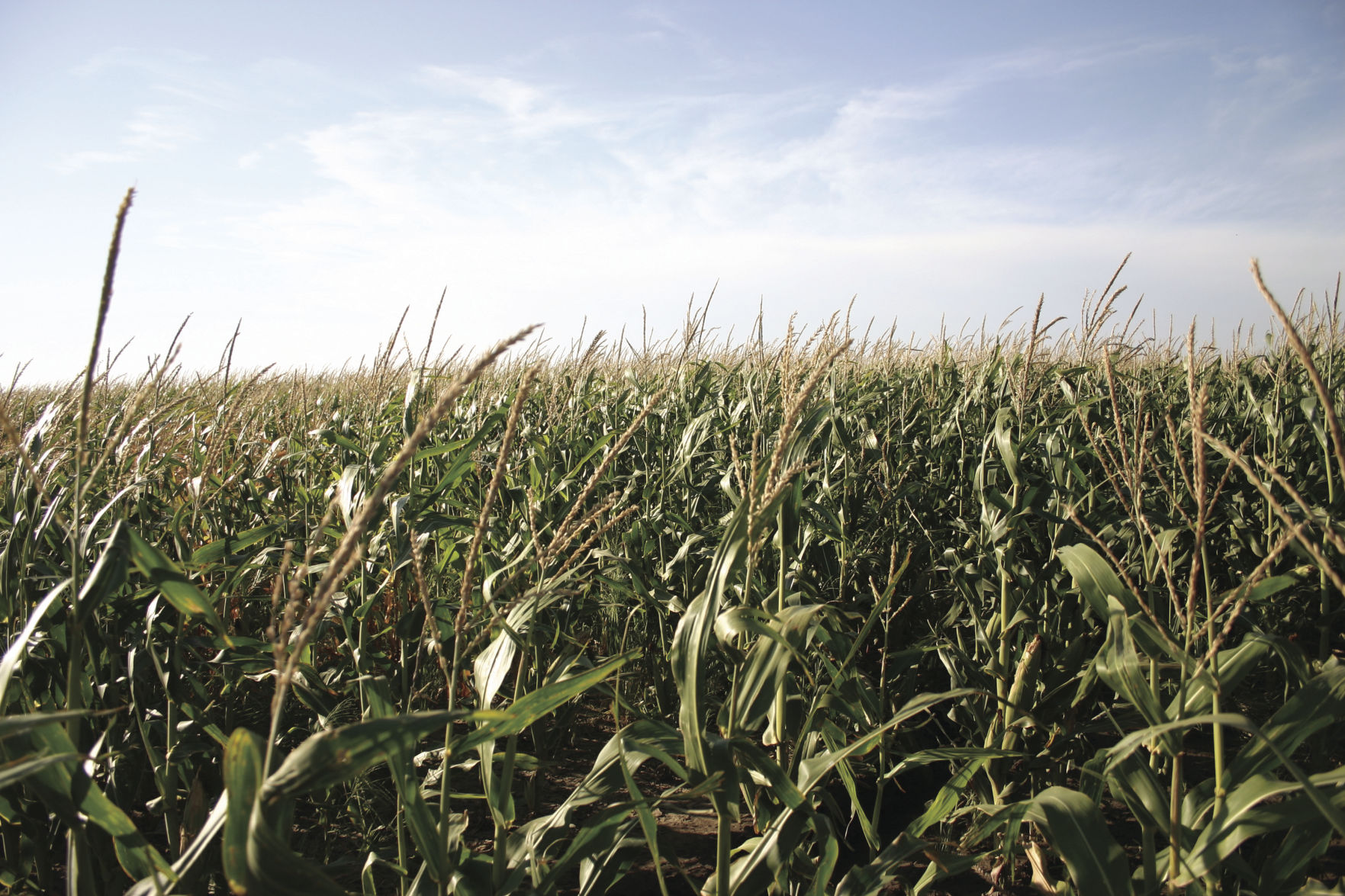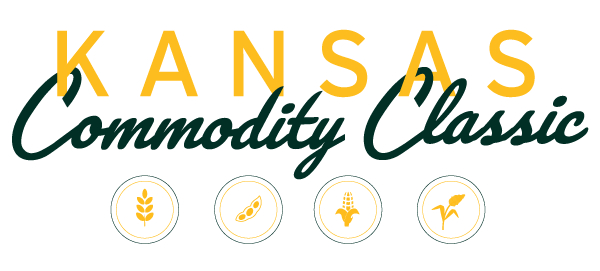Texas Extension provides topical education for 2018

Farmers were able to get topical continuing education from the Texas A&M AgriLife Extension Service during the 2017 Amarillo Farm and Ranch Show, Nov. 28.
The Panhandle Farm And Ranch Management Symposium kicked off in the morning session with discussions about pests in wheat and sorghum; best management practices for corn mycotoxins; agricultural laws and leasing arrangements and more.
Ed Bynum, AgriLife Extension entomologist in Amarillo, shared information about the latest research into controlling sugarcane aphids in sorghum. One method producers should consider is planting sorghum varieties that have some level of tolerance to sugarcane aphids. That tolerance can help save some loss in the field.
“If infestations begin at preflowering stage, we know the greatest yield loss occurs from the time the plant is in bloom to the soft dough stage,” Bynum explained. Under three different trials in Lubbock in 2016, with susceptible sorghums with fairly good water, as infestation levels increased on the High Plains SCA Rating System, there was a loss of 317 pounds of yield for each increase on the scale. At a Damage Rating of 10, there was 3,000 pounds of yield loss, which was about $17 to $18 per acre lost for each additional level of damage from the sugarcane aphid.
“It costs $18 to $22 per acre for one insecticide application,” Bynum explained. “You can justify making that application pretty early if you’ve got susceptible sorghum, and even allow for a second application to protect the yield in the field.” But by planting tolerant sorghums, farmers give themselves a little bit of breathing room in choosing to pull the trigger on applications while protecting some of their yield.
Corn mycotoxins
Jourdan Bell, AgriLife Extension agronomist in Amarillo, updated growers on the fusarium and fumonisin found in the panhandle corn crop this year and what steps farmers may be able to take to help their chances in the future.
“What’s unique about this year is that high fumonison has touched nearly every corn growing county across this region,” Bell said. “Not just that the levels are high, but significant levels that people have had to deal with.”
Fumonison, she continued, is a mycotoxin produced by the fusarium fungi, fusarium verticilloides. It’s not the same as fusarium wilt that is found in cotton, or the ear rot that farmers see in corn. Not all mycotoxins, she stressed, are the same.
What farmers need to understand, though is that the fusarium verticilloides that causes fumonisin is more likely to grow in stressed plants.
“Hot and dry conditions at flowering, followed by rain and high humidity will favor fungal growth,” she explained. “So, early planted corn, planted in May, had that hot dry June and July when the corn was flowering. Followed by a very wet, cool and humid August and September. That led to the perfect storm for fusarium to build.”
Some hybrids come with fusarium ear rot ratings, but those are very subjective and can change from company to company, she warned. Farmers may have better luck if they look for hybrids with traits for kernel integrity, husk coverage or smut resistance.
Bell noted that kernel integrity, for example, is important because as the kernels dry out and rehydrate during the plant’s daily cycle the pericarp can split. Split pericarps make the kernel susceptible to fungal pathogens and can lead to disease. Insects and hail can do the same damage. What caught farmers off guard was fusarium can infect corn cob without visual symptoms in the ears. But, if they look for white to pinkinsh kernels that almost look irridecent, as well as starburst patterns or streaking on the kernels, they can see the pericarp that was damaged and can get a better idea.
While farmers typically like open husks so that the ear has an opportunity to dry down in the field, there’s some research that said open husks can lead to more smut on the ear, which can lead to more damage and an open door to fusarium to take a hold and create fumonisin.
As farmers go into 2018 and start making their seed selections, Bell advised them to also look for hybrids with the Viptera insect trait and not just the proteins. That trait protects the corn from insect feeding, leading to clean ears that don’t invite fungal pathogens to dinner.
Lease arrangements
Tiffany Dowell Lashmet, AgriLife Extension agricultural law specialist, Amarillo, wound up the morning program by looking at the specifics farmers and ranchers need to keep in mind when writing up leasing agreements.
As a lawyer, Dowell Lashmet knows there are still many handshake agreements that happen, but she warned of the danger of those types of agreements if situations change with either party.
“You might be fine with an oral lease with my rancher dad, but what if he dies and it passes to my city boy cousin and he doesn’t have a clue about how anything works and what’s normal?” she asked the audience. “You want it written down on paper.” The act of writing it down isn’t a bad faith gesture to your neighbor, but rather, she explained, is really a good way to think of all the details you didn’t think of at the fence line. For example, a lease might cover:
- Stocking rates to ensure the land doesn’t get overgrazed;
- Fence maintenance responsibility and who pays;
- Late payments and interest;
- Assignments and subleasing to extra parties;
- Forum selection clause, for example, if you’re leasing a parcel for hunting to someone living far away, any dispute will be heard in your county court;
- Limitations to what can be done on the property under the lease, including any areas off limits to the tenet; and
- Iron out who has hunting rights to the lease before deer season.
While there are forms online available for parties to use as templates, Dowell Lashmet advised that they may not apply to every situation. She gave a list of resources for more information about agricultural leases:
Rancher’s Agricultural Lease Handbook, a free download at http://agrilifeextension.tamu.edu/wp-content/uploads/2016/06/Handbook-for-Grazing-Hunting-and-Livestock-Leases.pdf;
The Ag Lease 101 Website, with checklists and sample language for leases at www.aglease101.org; and
The Texas A&M Real Estate Center, with sample deer leases and other useful articles at www.recenter.tamu.edu.
Jennifer M. Latzke can be reached at 620-227-1807 or [email protected].


